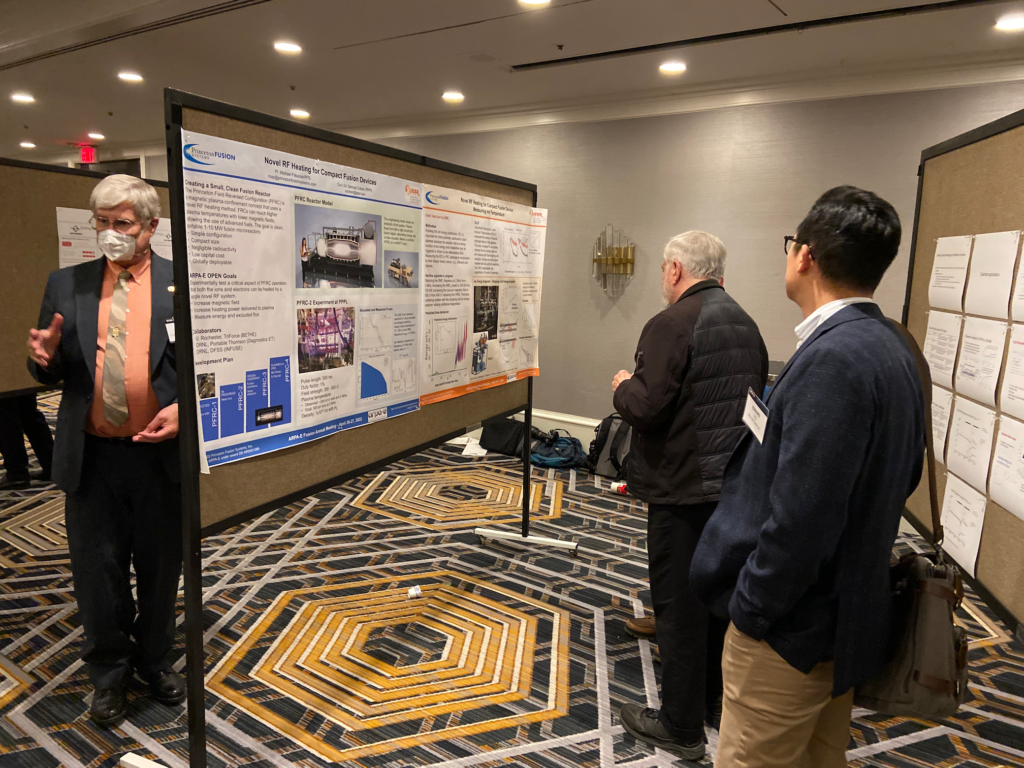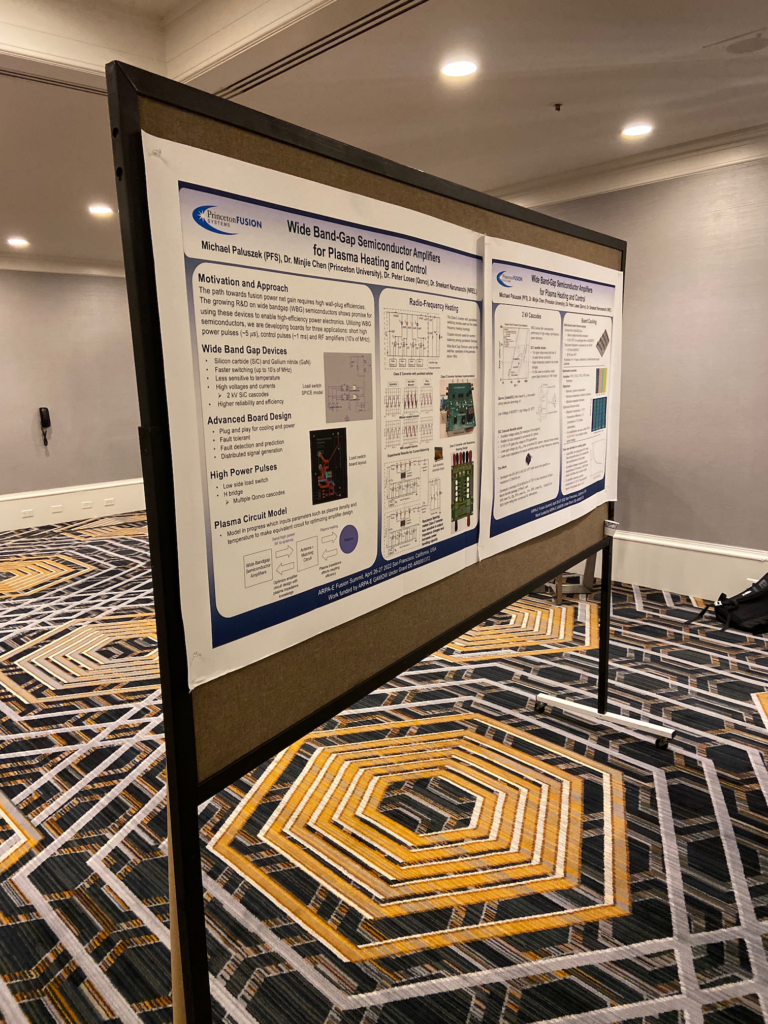Princeton Fusion Systems announced today that it was awarded $1.1 million in funding from the U.S. Department of Energy’s Advanced Research Projects Agency-Energy (ARPA-E). The funding will be used to develop advanced power electronics for the heating and control of fusion plasmas.
Princeton Fusion Systems received this competitive award from ARPA-E’s Galvanizing Advances in Market-aligned fusion for an Overabundance of Watts (GAMOW) program, working to close multiple fusion-specific technological gaps that will be needed to connect a net-energy-gain “fusion core,” once it is ready, to a deployable, commercially attractive fusion system. Princeton Fusion Systems joins 13 other teams in the $29M GAMOW program.
The team consists of Princeton Fusion Systems, Princeton University, the National Renewable Energy Laboratory and United Silicon Carbide. Over the 30 month duration of the contract, the team will develop efficient, high-power electrical drivers for plasma heating, compression, and control. Wide-bandgap (WBG) semiconductor devices and innovative amplifiers may speed up the development of fusion systems and reduce their eventual cost of electricity. Princeton Fusion Systems will develop prototype, high efficiency switching amplifiers using WBG SiC devices and amplifier boards that employ advanced cooling and digital control. The project will design, test, and qualify individual circuit boards as the building blocks for various short-pulse, long-pulse, and continuous-wave electrical-driver power supplies for fusion-energy systems.


